It is never too early for children to learn about money, picture books for money skills are a great way to introduce these concepts! Many children learn something about money before they come to school but oftentimes what they know is that money is a piece of plastic you put into a slot whenever you want something.
If a child can do some basic counting, he/she is old enough to start to understand basic concepts of money and finance. The level of complexity you delve into will increase as they grow, but there are four basic elements of money for kids to understand.

Here are four basic elements to teach kids about and some picture books for money skills you can use to support the teaching of each element:
Things Cost Money – Kids are never too young to start understanding that everything we buy, consume and use, costs money. From the groceries in our refrigerator to the toys in their room, the roof over our heads to the clothes on their back, it all costs money. What is an easy way to convey this? When they want something from the school store or at the book fair, point out the price tag on the shelf. Make them look for it and ask them how
much it costs. Once they better understand this concept, you can leverage it to introduce the concept of needs vs. wants, and how these are prioritized. If you want four awesome picture books for money skills that help support this message, check these out!
You Can’t Buy a Dinosaur with a Dime
by Harriet Ziefert
Clink, clink, clink, clink…Clink, clink. Money saved in a bank makes your brain think!
Children are fascinated by money: how it looks, feels, smells, and most of all, what it buys. And Pete is no exception. This rhymed verse describes how Pete saves his allowance, spends too much of it, has second thoughts, and starts over. Young readers will not only applaud Pete’s decisions, but join him in his computations as he saves, spends, and strategizes over future purchases. The lively combination of fact and fiction, plus humorous art, will prove both thought-provoking and thoroughly enjoyable.
A Chair for My Mother
by Vera B. Williams
Vera Williams tells of a young girl who, along with her waitress mother, saves coins in a big jar in hopes that they can someday buy a new chair for their apartment, the kind of chair her mother deserves after being on her feet all day in the Blue Tile Diner. Into the jar also goes the money Grandma saves whenever she gets a bargain at the market. There
hasn’t been a comfortable place to sit in the apartment since a fire in their previous apartment burned everything to “charcoal and ashes.” Friends and neighbors brought furniture to their new apartment downstairs, but no one brought anything big or soft or comfortable. Finally, the jar is full, the coins are rolled, and in the book’s crowning moment, mother, daughter, and Grandma search four different furniture stores, and after carefully trying several chairs, like Goldilocks, they find the chair they’ve been dreaming of at last.
It’s Not Fair! A Book About Having Enough
by Caryn Rivadeneira
Roxy Ramirez has saved up for weeks to buy a chemistry set, and now she’s headed to the toy store to buy it! There’s only one problem: along the way, she keeps running into friends who are in trouble, and need her to dip into her savings to help. Will she have
enough money left over to buy something for herself? Especially designed for kids 4- 6, It’s Not Fair! teaches kids about money, choices, generosity, and what it means to have enough.
Those Shoes
by Maribeth Boelts
All Jeremy wants is a pair of those shoes, the ones everyone at school seems to be wearing. Though Jeremy’s grandma says they don’t have room for “want” just “need” when his old shoes fall apart at school, he is more determined than ever to have those
shoes, even a thrift-shop pair that are much too small. But sore feet aren’t much fun, and Jeremy soon sees that the things he has — warm boots, a loving grandma, and the chance to help a friend — are worth more than the things he wants.
Money is Earned – Once your children grasp that everything costs money, it won’t be long before they ask you where money comes from. It is important for children to understand that that we work hard to earn money that provides people with everything we have. You don’t have to go into specifics about exactly how much people earn for different jobs, but it is important to convey that money is earned through work. This can be a bit tricky to teach as some children come from families where the adults do not work for whatever reason. As teachers we do need to realize that not all values are the same. Some favorite picture books for money skills about the idea that money is earned are:
Lemonade in Winter: A Book About Two Kids Counting Money
by Emily Jenkins and G. Brian Karas
A lemonade stand in winter? Yes, that’s exactly what Pauline and John-John intend to have, selling lemonade, limeade, and lemon-limeade. With a catchy refrain (Lemon,lemon, LIME, Lemon LIMEADE! Lemon, lemon, LIME, Lemon LEMONADE!), plus
simple math concepts throughout, here is a read-aloud that’s great for story time in the classroom and is sure to be a hit among the legions of Jenkins and Karas fans. This book teaches trust and tenderness shared by brothers and sisters, business how-to that celebrates the thrill of selling something without shying away from its cold realities, and about persistence when things are going well.
If You Made a Million
by David M. Schwartz
Have you ever wanted to make a million dollars? Marvelosissimo the Mathematical Magician is ready, willing, and able to explain the nuts and bolts — as well as the mystery and wonder — of earning money, investing it, accruing dividends and interest, and
watching savings grow. Hey, you never know! Illustrations by Steven Kellogg highlight the message of the book.
Earn It!
by Cinders McLeod
In this delightful introduction to the simple concept of earning money, an exuberant little bunny learns that fame and fortune must be earned. Bun wants to be rich and famous. She loves to sing and knows she’s meant for a career on stage. It should all be easy… her mom can just drive her to the concert hall to perform! But her mom reminds her that most good things, like the garden they are growing, take time and work. At first, Bun isn’t terribly excited by the idea of singing lessons and practice, but as she does the math and daydreams about her future singing career, the more she starts to like the idea of earning
her way to stardom—a feeling just as good as being rich and famous!
The Power of Saving – It is never too early to teach your children the value and power of saving their money. Delayed gratification is a lesson nearly eliminated in our modern world of streaming, instant downloads, and on-demand technology. If there’s something the children in the classroom are all talking about that they want, encourage them to put their money in a piggy bank and build enough savings to buy it on their own. You will be amazed at how much more thoughtful they will be with their own dollars and the choices they make when it takes them weeks or months to save the money. It is far better for kids to learn these lessons with $5-10 at age seven, than with thousands of dollars in their twenties. A picture book for money skills about saving is:
Alexander, Who Used to Be Rich Last Sunday
by Judith Viorst
Alexander (Alexander and the Terrible, Horrible, No Good, Very Bad Day) grapples with money management Last Sunday, Alexander’s grandparents gave him a dollar—and he was rich. There were so many things that he could do with that money! He could buy as much gum as he wanted, or even a walkie-talkie, if he saved enough. But somehow the
money began to disappear.
The Importance of Generosity – You may recognize that several of the books on this list feature stories about families where money is scarce and funding, even basic needs, takes sacrifice, savings, and time. No lesson about money for kids would ever be complete without a discussion of economic inequality. Some schools have dealt with the topic by having children wear uniforms or limiting types and kinds of clothes children can wear to school, but children are going to be aware of differences anyway. Not every family has enough money for what they need and want. There are children in the world who go to bed without dinner, without a bed of their own, and even some without homes or families. Children need to understand how fortunate we are, and the importance of giving back to those less fortunate than ourselves. Stories mentioned above that I love to share
with children to encourage empathy and generosity include:
• A Chair for My Mother, by Vera B. Williams
• Those Shoes, by Maribeth Boelts.
• It’s Not Fair! A Book About Having Enough, by Caryn Rivadeneira
Two more picture books for money skills that don’t fit into the areas above are two about how money works and where it comes from often wow kids by demonstrating just how widely a single dollar or penny can circulate and travel. Both books also give awesome insights into the mint process in our country and the laws surrounding how money is physically produced.
The Go-Around Dollar
by Barbara Johnston Adams
Every dollar travels from person to person in a different way. Matt finds a dollar on his way home from school and uses it to buy shoelaces from Eric. Eric spends the dollar on bubble gum at the corner store. Jennifer, who happens to be the next customer, receives the dollar as part of her change. A dollar bill is something we all see and use every day of our lives. But do we know how it’s made? The meaning of the symbols that are shown on the front and back of the dollar? How long the average dollar stays in circulation? In this fascinating and informative book, the author weaves together a fictional narrative about the travels of a single dollar with facts and
anecdotes.
One Proud Penny
by Randy Siegel
Who knew the life of a penny could be so exciting? Born in 1983, our copper (well, zinc and copper as we find out) narrator travels everywhere from New York City to Portland, Oregon, to Puerto Rico describing in colorful detail his many adventures along the way. The author’s quirky, informative text mixed with Serge Bloch’s spare but exuberant illustrations (which make
use of real pennies) make this book a must-have for lovers of American history or just a good story.
>>>Want to integrate literature and math centers? Take a look at my BUILD Math Centers for K-2!<<<










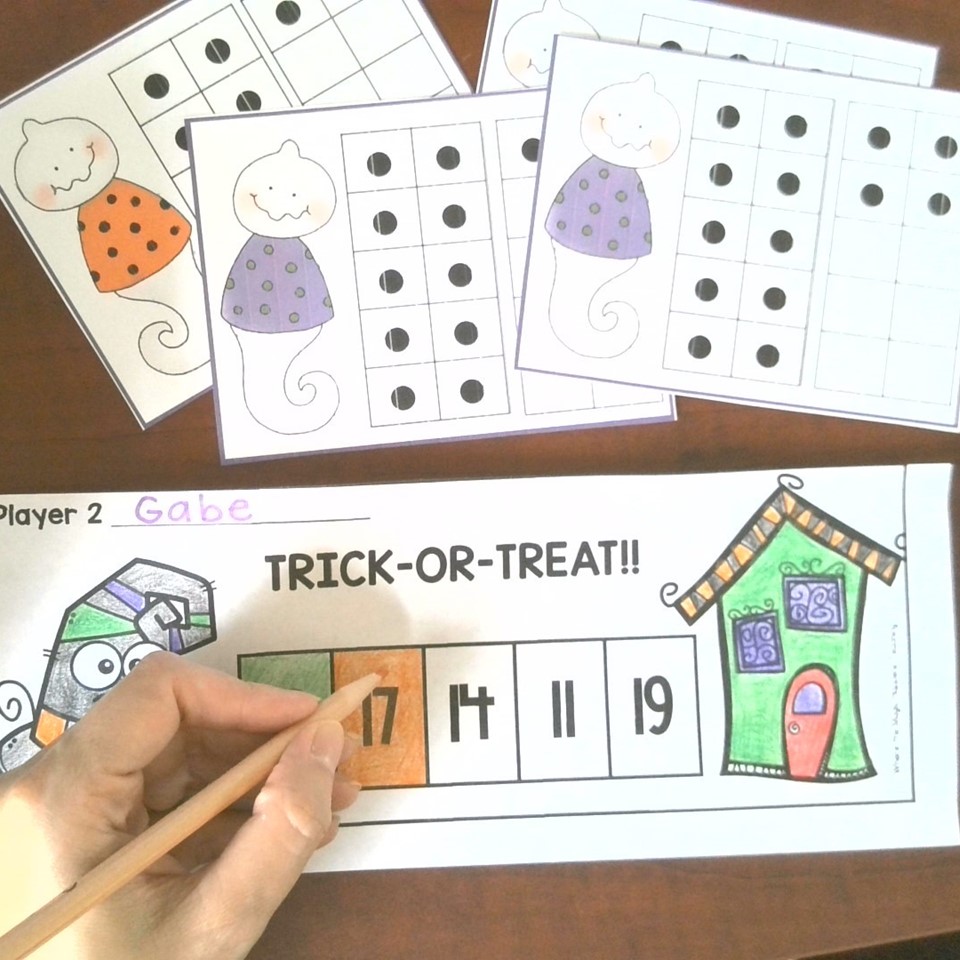

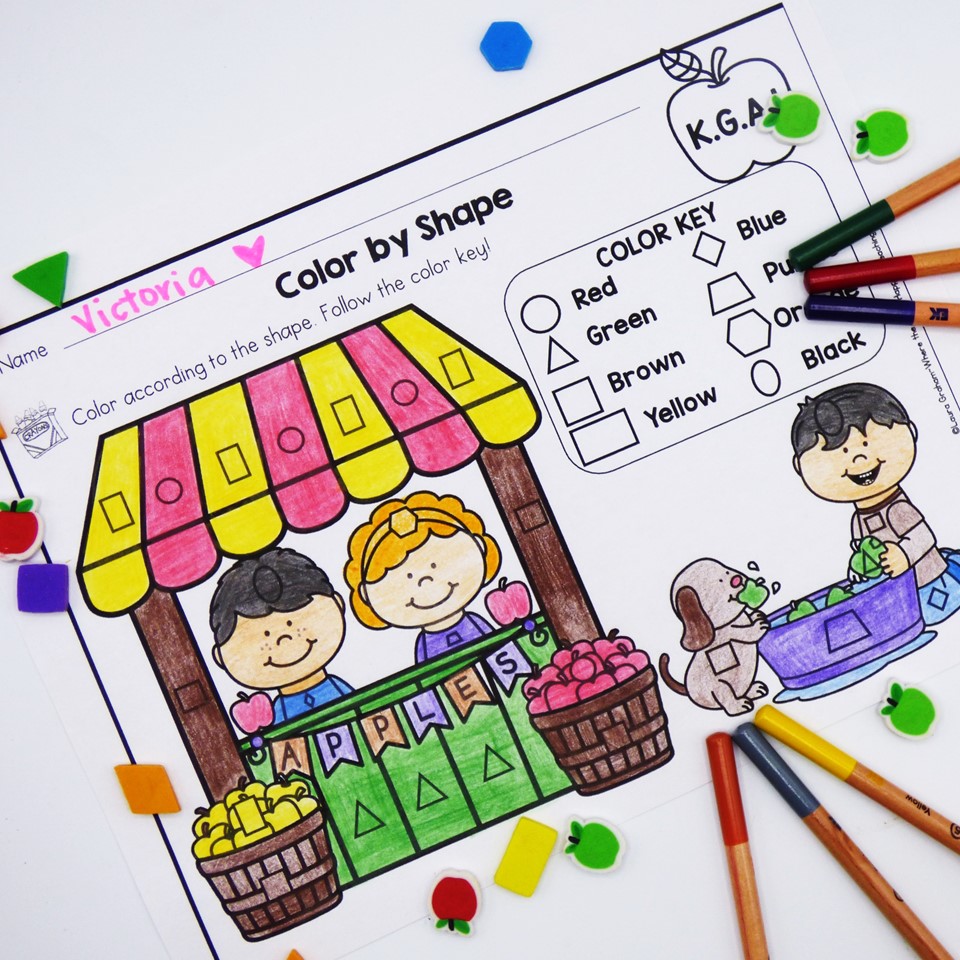

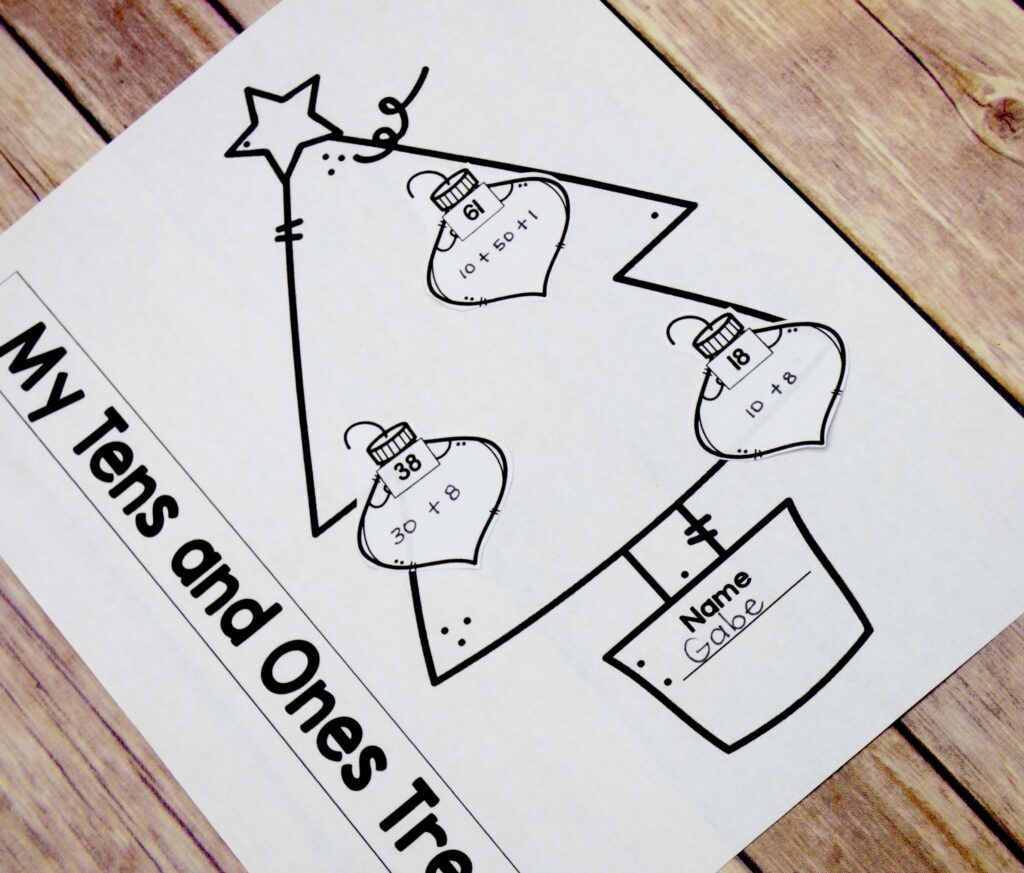



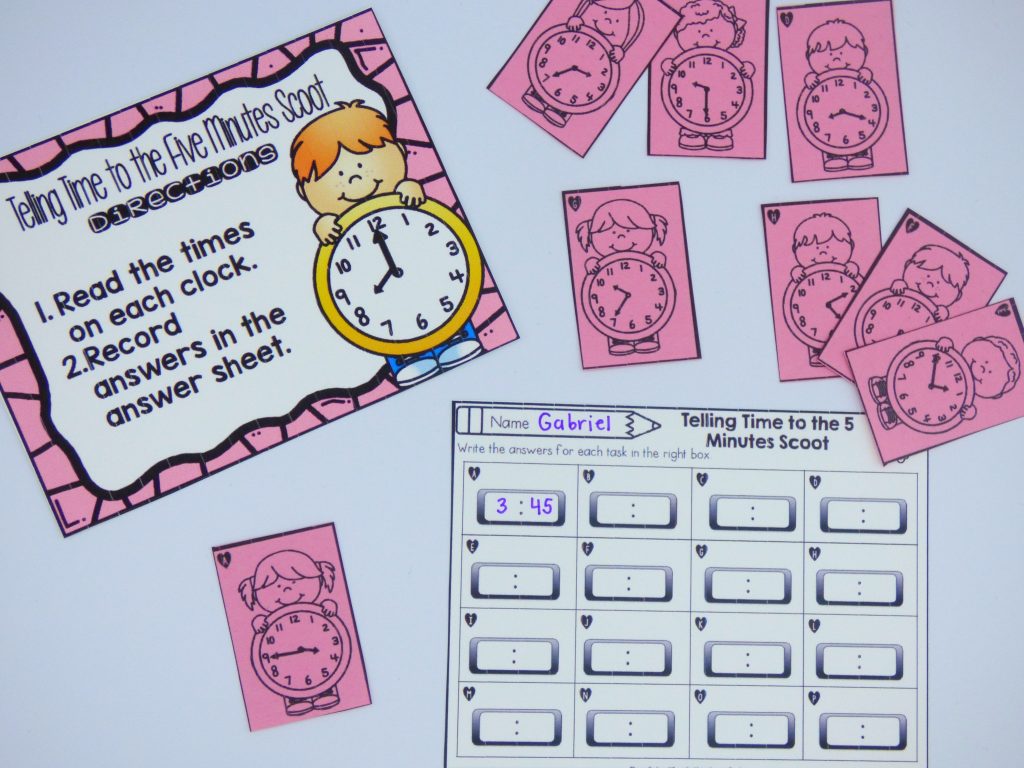
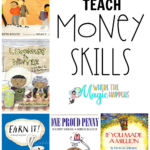
Leave a Reply